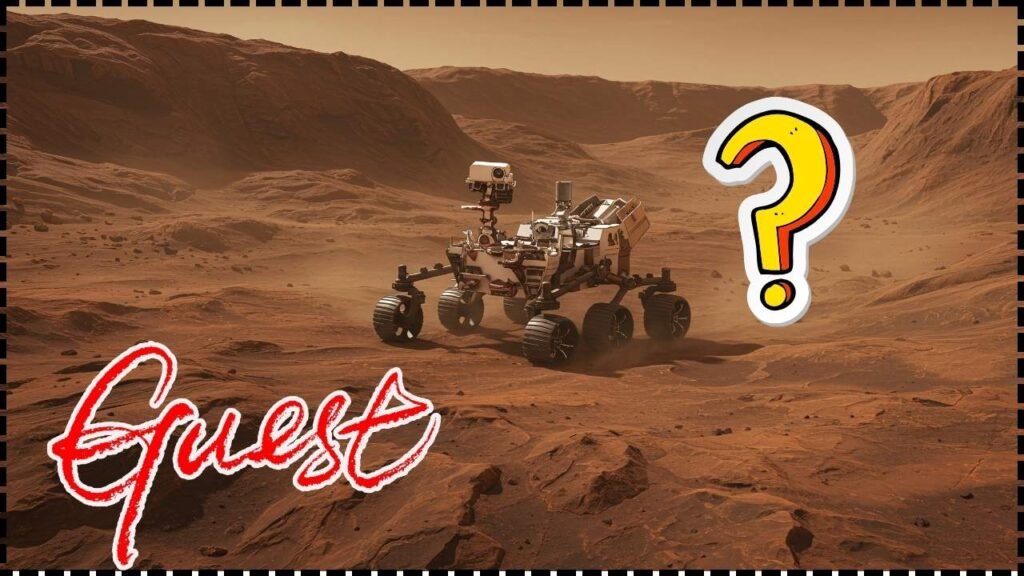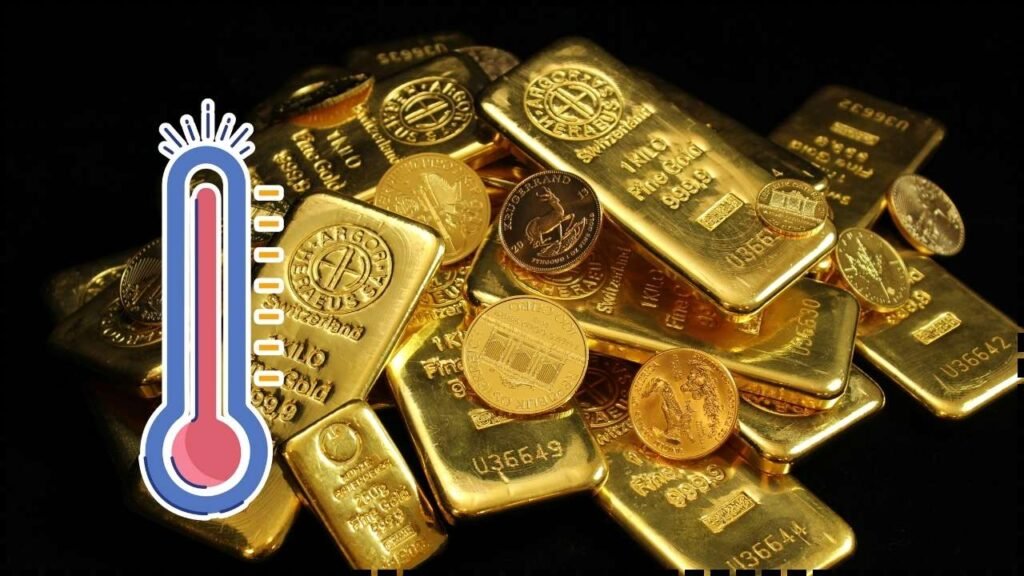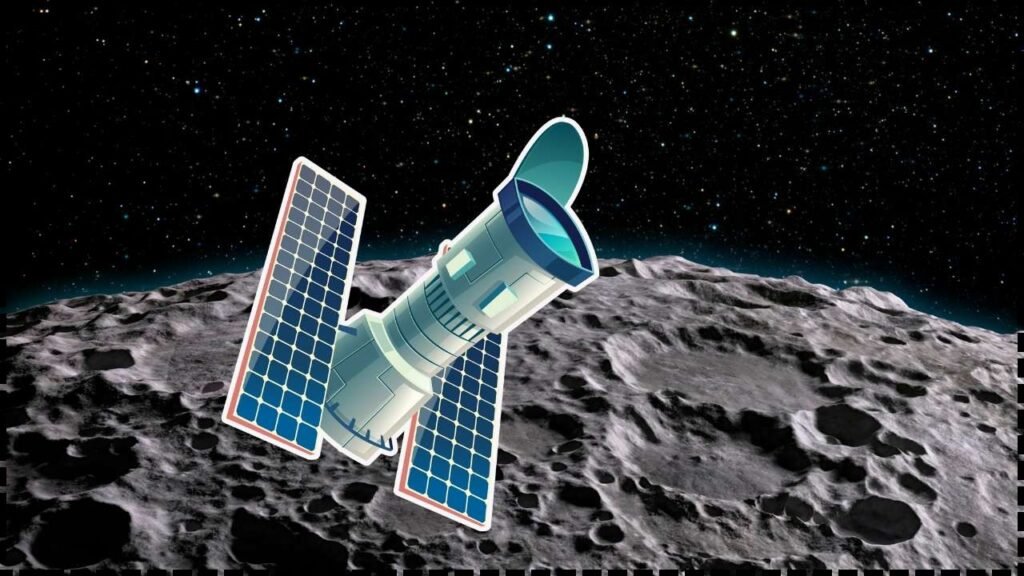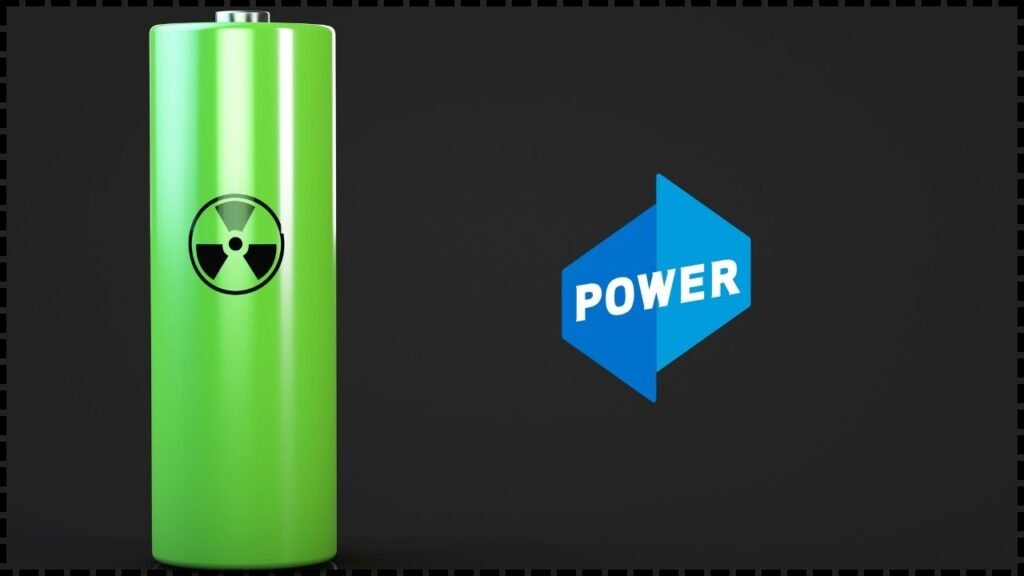
New Nuclear Diamond Battery Promises 5,700 Years of Power: Imagine tossing your charger for good—no more tangled cords, dying batteries, or dashes for an outlet. Enter the nuclear diamond battery, a next-generation power source making global headlines for its jaw-dropping 5,700-year lifespan. This cell uses nuclear science, advanced materials, and clever engineering to offer something never seen before: clean, continuous, virtually maintenance-free power that could revolutionize how Americans use and store energy.
New Nuclear Diamond Battery Promises 5,700 Years of Power
The nuclear diamond battery marks a giant leap in power, safety, and longevity. Converting nuclear waste into clean energy while outpacing any battery on the market, these cells are a beacon for fields from medicine to defense—and for a greener planet. While household adoption is years off, their arrival is no longer science fiction.
| Feature | Details |
|---|---|
| Battery Type | Nuclear-powered carbon-14 diamond betavoltaic |
| Lifespan | Up to 5,700 years (C-14 half-life); other isotopes can achieve 20,000+ years |
| Output | Microwatts (single cell); stackable units scale to milliwatts/wattse |
| Applications | Implants, industrial sensors, satellites, military, IoT, remote monitoring |
| Safety | Multi-layer diamond encasement, zero radiation leak |
| Sustainability | Made from recycled nuclear waste graphite |
| Key Developers | University of Bristol, UKAEA, Arkenlight (UK), NDB Inc. (USA) |
| Commercialization | Prototypes now; specialty use 2027–2028; possible wider release 2030+ |
| Industry Impact | Reduces nuclear waste stockpiles, enables ultra-long-term device autonomy |
| Official Resource | UKAEA |
What’s a Nuclear Diamond Battery? The Science Explained
The nuclear diamond battery is a type of betavoltaic device—meaning it turns the energy from beta decay (high-energy electrons from a radioactive substance) into electricity. Specifically, it uses carbon-14, a mildly radioactive isotope found in graphite blocks from nuclear reactors, which is captured and converted into tiny sheets of synthetic diamond. Diamond, or diamond-like carbon, is chosen because it’s tough as nails, resists radiation, and is an excellent electrical conductor.
How it Works:
- Nuclear Source: Carbon-14 emits beta particles (high-speed electrons) over its 5,700-year half-life.
- Conversion: The diamond lattice captures these electrons, acting as a natural semiconductor (like a solar cell harvesting sunlight).
- Encapsulation: The radioactive core is encased in a thicker, non-radioactive diamond layer that blocks radiation and maximizes efficiency.
- Electricity Output: Each cell delivers a low, steady trickle of current—think pacemakers, remote sensors, or deep-sea probes (not your hair dryer or truck yet).
- Stackability: Multiple cells can be connected in series or parallel for higher voltages or longer runtimes, and supercapacitors can be used to provide short power bursts.
Technical Specifications
- Core Material: Diamond-like carbon, embedded with C-14 or other isotopes (e.g., Nickel-63 for some variants).
- Core Dimensions: Miniaturized modules from a few millimeters to centimeter scale; tested in sizes <1 cm³ for medical and sensor use.
- Modularity & Power: A standard cell outputs microwatts, but stack designs demonstrated at Betavolt (China) and NDB (USA) deliver up to several milliwatts. Connecting dozens or hundreds of cells can potentially reach up to several watts for more energy-demanding applications.
- Half-Life and Life Expectancy: Carbon-14’s half-life of 5,730 years means a battery retains half its output after that time. Other isotopes (like Nickel-63 or Tritium) are used for shorter/longer lifespans and particular output needs.
- Self-charging: It never needs recharging. The decay process is continuous, predictable, and stable over centuries.
Real-World Applications: Where Forever Power Counts
Medical Implants
Batteries power life-saving tech like pacemakers or cochlear implants—and their regular replacement is risky and costly. Nuclear diamond batteries, with continuous output for decades, could end repeat surgeries and improve reliability for millions worldwide.
Space & Remote Science
In space, changing batteries is, well, a bit tough. These cells are ideal for deep space probes, satellites (think NASA’s Voyager or Mars missions), and ocean or polar sensors placed in spots humans rarely visit. The near-zero maintenance frees up both cost and manpower.
Military, Security & Critical Infrastructure
Remote sensors used in border security, pipeline monitoring, or critical defense applications demand absolute reliability, often in isolated or hazardous environments. A diamond battery will outlast conflict, weather, or wear, reporting for decades—no field trips needed.
Smart Devices/IoT
While current output is too low for smartphones, future iterations or combined solutions (pairing with supercapacitors) could power low-energy sensors, wearable health monitors, or even “smart tags” on high-value assets, keeping the Internet of Things ticking for generations.
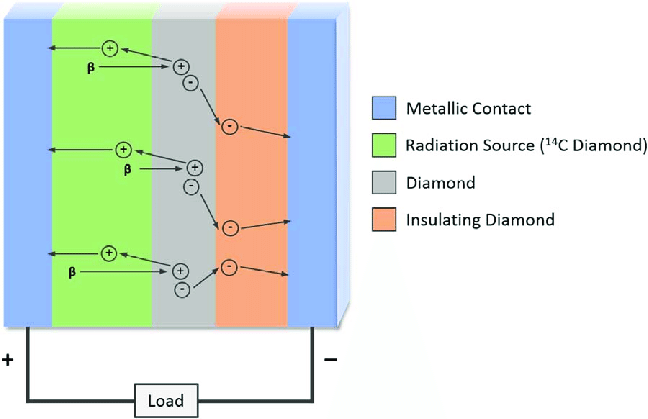
Environmental Impact and Sustainability Of New Nuclear Diamond Battery Promises 5,700 Years of Power
The “forever battery” doesn’t just extend device life; it shrinks the carbon and nuclear waste footprints:
- Waste Reduction: Each cell recycles carbon-14-laden reactor graphite, converting hazardous waste into energy—a win for both energy and nuclear waste headaches in the US and UK.
- No Heavy Metals or Toxins: Unlike lithium-ion batteries (which require rare mining and can cause pollution when discarded), diamond batteries are composed of inert, stable materials. At end-of-life, the battery naturally decays to a non-toxic state.
- Zero Emissions: The solid diamond shell ensures absolutely no radioactive emissions—safer than carrying a bunch of bananas, which are naturally more radioactive due to potassium.
Nuclear Waste Transformation: A Win for the Environment
A standout benefit of the nuclear diamond battery is its impact on nuclear waste management and ecological sustainability. Traditionally, spent graphite blocks from nuclear reactors—loaded with radioactive carbon-14—require costly, long-term storage for safe containment. By extracting carbon-14 and using it as the battery’s energy source, this new tech not only shrinks the volume and danger of nuclear waste, but also slashes associated storage costs and environmental risks. As a result, what was once a hazardous legacy becomes a clean, virtually eternal power supply, representing a powerful shift toward greener, closed-loop energy solutions for society.
Timeline, Commercialization, and R&D Roadmap
- Prototype Development: The first proof-of-concept came from the University of Bristol in 2016. Since then, UKAEA, Arkenlight, and several American/Chinese companies have produced and tested modular cells and stacks.
- Pilot Launches: Medical implants and security sensors are targeted for commercial deployment within the next 2–4 years. Betavolt and NDB Inc. are working toward commercial units for trial by 2028.
- Regulations & Scaling Up: Consumer adoption depends on regulatory approvals and economies of scale. Mass-market models for mainstream electronics or vehicles will need further breakthroughs in output, safety, and cost, potentially within the next decade.
Head-to-Head: Traditional Batteries vs Nuclear Diamond
| Feature | Diamond Battery | Lithium-Ion | Other Radioisotope Batteries |
|---|---|---|---|
| Lifespan | Thousands of years | 2–5 years | 10–100 years |
| Power Output | Microwatts–Watts (scalable) | Watts–kilowatts | Varies (mainly higher output, shorter life) |
| Environmental Impact | Recycles nuclear waste, no heavy metals | Environmental challenges, toxic metals | High-risk, some radioactive disposal required |
| Maintenance | Near-zero | Frequent recharging/replacement | Low, but less safe |
| Safety | Diamond casing, low decay, no emission | Thermal/fire risk | Handling radiation, safety variables |
| Use Cases | Implants, space, sensors | Phones, cars, grid | Pacemakers, satellites |
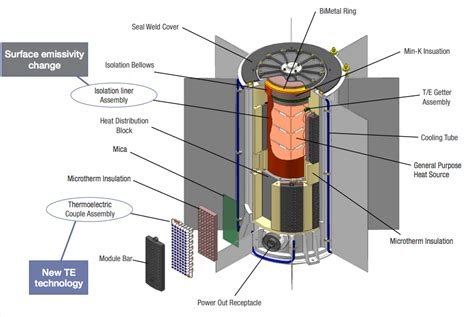
Diamond Battery Breakthrough: The 5,700-Year Power Source That Could Change Everything
Neither Stone Nor Bone – World’s Oldest Wooden Structure Found in Zambia Stuns Archaeologists
It’s Not Gold or Platinum: The World’s Priciest Mineral Is Something You’ve Never Heard Of
Expert Voices
Dr. Neil Fox, co-inventor at the University of Bristol, states,
“Safe, sustainable power is the future. By upcycling spent nuclear graphite, we solve waste and enable ‘set-and-forget’ devices crucial in medicine, research, and security.”
Samantha Brown, energy policy analyst, adds,
“The eco-benefit is huge—these batteries reduce radioactive waste while eliminating hazardous chemicals in current batteries.”



